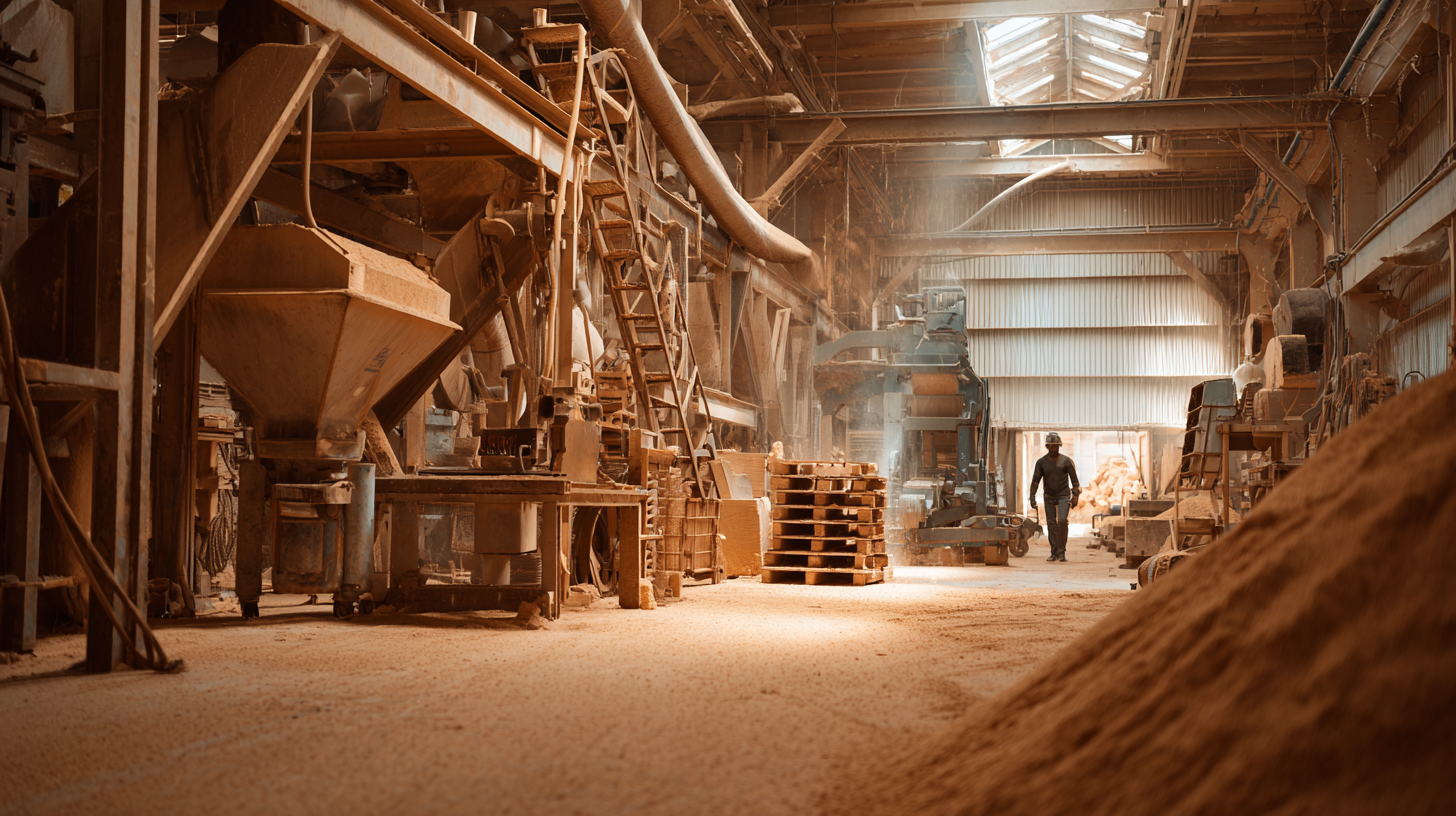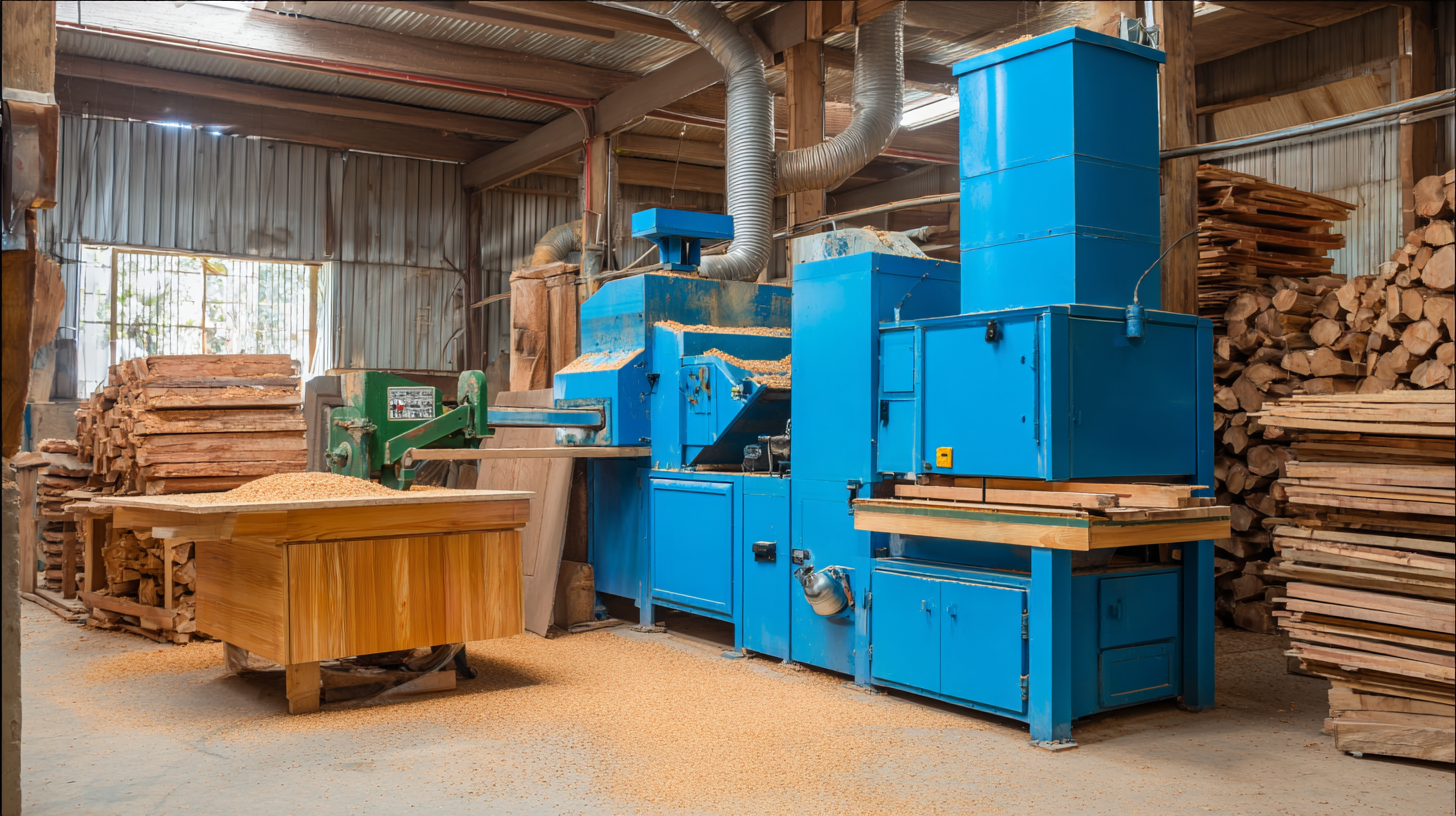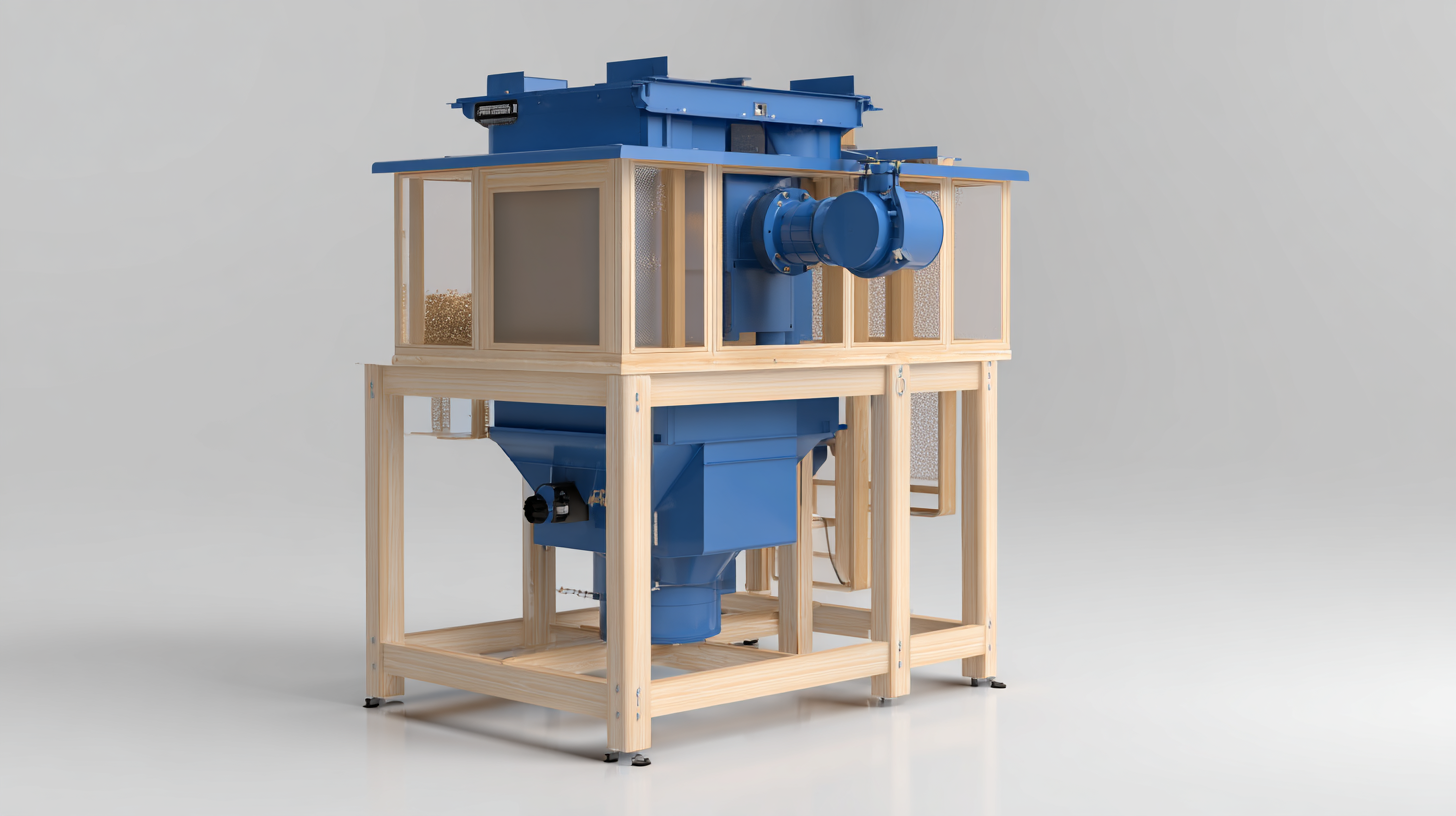7 Reasons Why the Best Sawdust Collector is Essential for Your Workshop
In the world of woodworking, maintaining a clean and safe workspace is paramount, which is where a high-quality sawdust collector comes into play. According to a report by the Occupational Safety and Health Administration (OSHA), more than 100,000 workers are injured each year due to dust-related hazards, emphasizing the critical role of effective dust management in workshops. A sawdust collector not only enhances air quality but also improves overall productivity by keeping tools and machinery free from debris. Furthermore, studies show that dust accumulation can lead to equipment malfunctions, resulting in costly downtime. In fact, a well-implemented dust collection system can increase equipment lifespan by up to 50%. Thus, investing in the best sawdust collector is not merely a convenience but an essential strategy for ensuring sustainable and professional woodworking practices.

Understanding the Importance of a Quality Sawdust Collector for Your Workshop
In any woodworking workshop, maintaining a clean and safe environment is paramount, and a quality sawdust collector plays a crucial role in achieving this goal. Sawdust not only creates a mess but also poses serious health risks, as inhaling fine particles can lead to respiratory issues over time. A high-performing sawdust collector helps to efficiently capture and remove these particles, ensuring that the air remains clean and breathable, which is essential for long hours spent working with power tools.
Moreover, investing in a reliable sawdust collector enhances the overall productivity of your workshop. By preventing the accumulation of sawdust and debris, it minimizes distractions and the need for constant cleanups, allowing woodworkers to focus on their craft. Additionally, a good sawdust collector can extend the lifespan of power tools by keeping them free from harmful particles that can cause wear and tear. Therefore, understanding the importance of a quality sawdust collector is not just about cleanliness; it’s also about promoting a healthier, more efficient workspace and protecting both your tools and your well-being.

Key Features to Look for in an Effective Sawdust Collector
When setting up a workshop, an effective sawdust collector is crucial for maintaining a clean and safe environment. A good dust collection system will not only enhance your work experience but also protect your health by minimizing exposure to harmful airborne particles. Key features that you should look for in an efficient sawdust collector include powerful suction capabilities, a high filtration system, and a portable design. The ability to connect seamlessly with your tools, such as miter saws, is another essential factor to ensure that dust is managed effectively as you work.
The right sawdust collector also enhances the longevity of your tools by keeping the workspace clean and reducing the accumulation of debris that can interfere with their performance. Look for models with easy-to-empty bags or bins, as convenience plays a significant role in ensuring consistent usage. Additionally, consider collectors that operate quietly, as noise can be a significant distraction during long projects. By prioritizing these features, you'll not only improve your workflow but also create a healthier workshop atmosphere, making it a vital investment for every woodworker.
Importance of Sawdust Collectors in Workshops
How to Assess Potential Suppliers for Your Workshop Needs
When evaluating potential suppliers for sawdust collection systems, one must consider various critical factors to ensure optimal workshop functionality. First and foremost, examine the supplier’s experience in the industry. According to a report from the Occupational Safety and Health Administration (OSHA), woodworking operations can produce significant amounts of sawdust, increasing the risk of respiratory issues and fire hazards. Suppliers that have been in the market for several years typically have a deeper understanding of these challenges and can offer effective solutions tailored to specific workshop needs.
Additionally, assess the quality of the equipment offered. A study by the American National Standards Institute (ANSI) highlighted that high-quality dust collectors can improve indoor air quality by reducing airborne particulate matter by up to 90%. When contacting suppliers, inquire about their product specifications, safety certifications, and customer reviews. A supplier that is transparent about their equipment's performance, backed by data and testimonials, is likely to provide a reliable solution that meets your workshop’s environmental and safety requirements. Evaluating these aspects will help you select the best sawdust collector supplier to enhance your workshop efficiency and safety.
7 Reasons Why the Best Sawdust Collector is Essential for Your Workshop - How to Assess Potential Suppliers for Your Workshop Needs
| Feature | Importance | Considerations |
|---|---|---|
| High Efficiency Filtration | Removes fine dust particles, improving air quality | Check filtration ratings and maintenance needs |
| Durable Construction | Ensures longevity and reliability | Look for materials used and warranty offered |
| Noise Levels | Quieter models enhance user comfort | Compare decibel ratings and user reviews |
| Portability | Easier to move for flexible workshop setups | Consider weight and size |
| Bag Capacity | Less frequent emptying needed | Evaluate capacity against workshop needs |
| Power Consumption | Lower energy use saves money | Look for energy ratings or certifications |
| Customer Support | Good support eases usage and issues | Check reviews about service quality |
Comparing Different Types of Sawdust Collectors on the Market
When it comes to maintaining a clean and efficient workshop, choosing the right sawdust collector is crucial. The market offers various types of collectors, from portable options to larger stationary models. According to a report by the Woodworking Machinery Manufacturers of America, dust collection systems can reduce airborne particulate matter by up to 90%, significantly improving workshop air quality. For hobbyists and professionals alike, investing in a high-quality dust collector not only ensures compliance with safety standards but also enhances overall productivity.
One popular type is the cyclonic dust collector, which utilizes centrifugal force to separate dust from debris. This system is known for its efficiency, allowing for longer intervals between filter cleaning. On the other hand, bag-style dust collectors are more budget-friendly, making them a great option for smaller shops. When comparing these models, consider the size of your workshop and the volume of dust generated during your projects.
Tip: Always check the CFM (cubic feet per minute) rating of a collector before making a purchase. A higher CFM indicates better airflow, crucial for capturing fine dust particles. Additionally, consider a model with a multi-stage filtration system to capture both large and small debris effectively. Investing the time to evaluate your needs can lead to a cleaner and more enjoyable working environment.
Maintenance Tips to Prolong the Life of Your Sawdust Collector
 Maintaining a sawdust collector is crucial for ensuring its longevity and efficiency in your workshop. Regularly checking and cleaning the filter is one of the simplest yet most effective maintenance tips. A clogged filter reduces airflow and decreases suction power, making your collector less effective. Make it a habit to inspect the filter weekly, depending on usage, and clean it to remove any built-up dust and debris. This not only extends the life of the collector but also enhances the overall air quality in your workspace.
Maintaining a sawdust collector is crucial for ensuring its longevity and efficiency in your workshop. Regularly checking and cleaning the filter is one of the simplest yet most effective maintenance tips. A clogged filter reduces airflow and decreases suction power, making your collector less effective. Make it a habit to inspect the filter weekly, depending on usage, and clean it to remove any built-up dust and debris. This not only extends the life of the collector but also enhances the overall air quality in your workspace.
Another vital aspect of maintenance is monitoring the collection bag or bin. Empty it frequently, ideally at the end of each workday, to prevent overload and potential damage to the collector's motor. Overfilling can lead to back pressure, which may cause motor strain and reduce efficiency. Additionally, check hose connections and seals for any signs of wear or leaks, as these can compromise the system's effectiveness. By dedicating time to these maintenance tasks, you ensure that your sawdust collector operates smoothly and remains an essential tool in your workshop for years to come.
